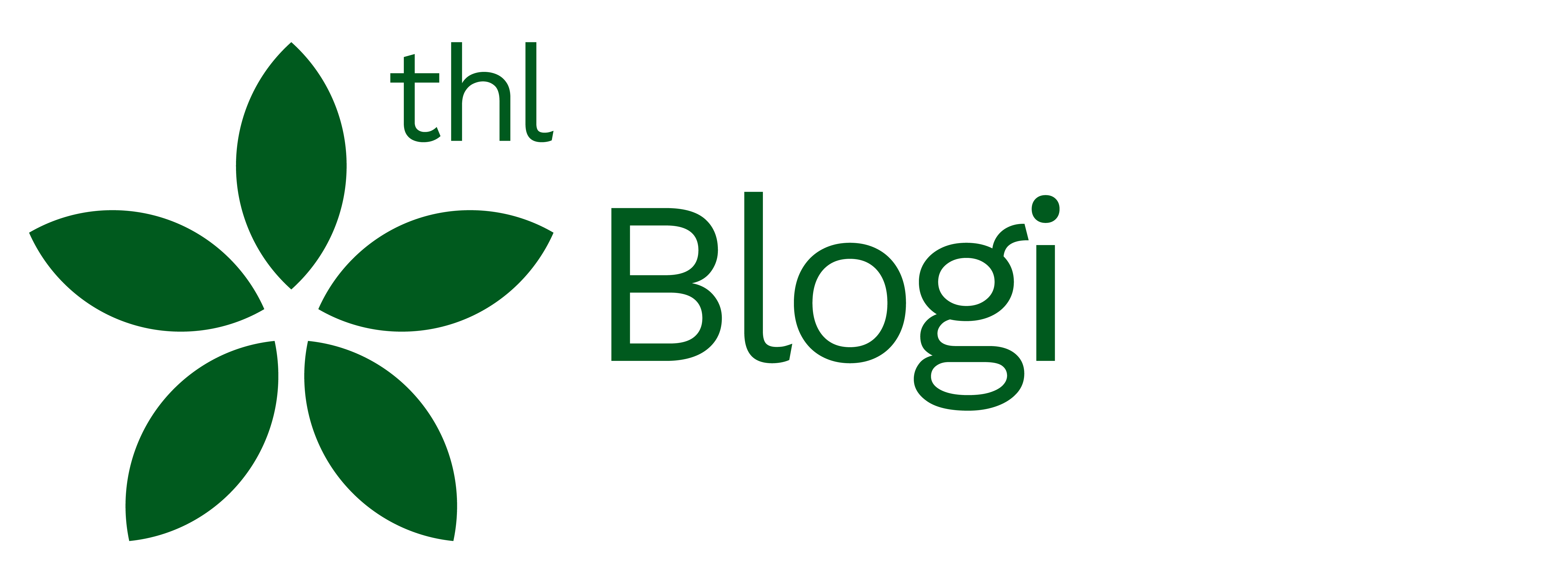The Finnish parliamentary elections are just around the corner, and we would like to encourage all policy makers, election candidates, and other stakeholders to give some thought to communication. Accessible communication can promote equity across population groups, increase voter turnout, and strengthen trust towards the society and its actors.
Accessible communications support equity
One obvious way to improve accessibility of communications is to communicate in multiple languages. However, keep in mind that just translating the text does not guarantee that the message will reach your target population. As in any communications, it is imperative to consider what kind of information is needed, what kind of communications are appealing, and what communication channels your target group uses.
Visuals should represent the diversity of our population without reinforcing stereotypes.
In addition to multilingual communication, plain language is an important way to improve accessibility of communications. The advantage of plain language is that it benefits the whole population. In the information overload we are all dealing with, who would not appreciate some simple and easily digestible communications? In fact, misinformation and disinformation have gained such a strong footing in our society because they are designed to be visually appealing, and the messages are easy to understand.
The use of visuals and plain language appeal to everyone and are a useful strategy to adapt into any communications.
The trust of the target population is key for effective and convincing communication
It is important to keep in mind that accessible communication does not guarantee the effectiveness and convincingness of your communications. The message is actively received by the target population only if it is communicated by someone who is perceived as trustworthy.
Building trust is a slow process, but trust can easily be lost. Trust is weakened by multiple invisible factors in societal structures and in our communications. Let’s take Covid-19 communications as an example. Multiple idioms were used to communicate in Finnish on working towards a common goal. But these do not translate well (or at all) to other languages, so the message was lost to those who do not speak Finnish.
One step towards building trust is to acknowledge one’s own power dynamics in relation to those who have more difficulties in access to communications. Another step is to include representatives of the target population already at the planning stage. If you wish to be impactful and convincing, communication should be planned together with key community representatives, as well as with non-governmental organisations and other professionals working with the target population. Collaboration, community dialogue, and co-creation facilitate building meaningful connections and finding the right communication channels and strategies for effective and convincing communications.
You can be at the forefront of promoting equity and building trust through accessible communication and equal communications.
Looking forward to seeing trustworthy and accessible communications for all during the upcoming elections and beyond!
The Building the future project is funded by the European Social Fund (ESF).
More information
- Cooperation, community dialogue and co-creation are tools for effective communication – THL blog
- Coping of persons with disabilities and persons of migrant origin in exceptional and crisis situations – Building the future based on experiences during Covid-19 – project web page (thl.fi)
- The migration and cultural diversity site (thl.fi)
